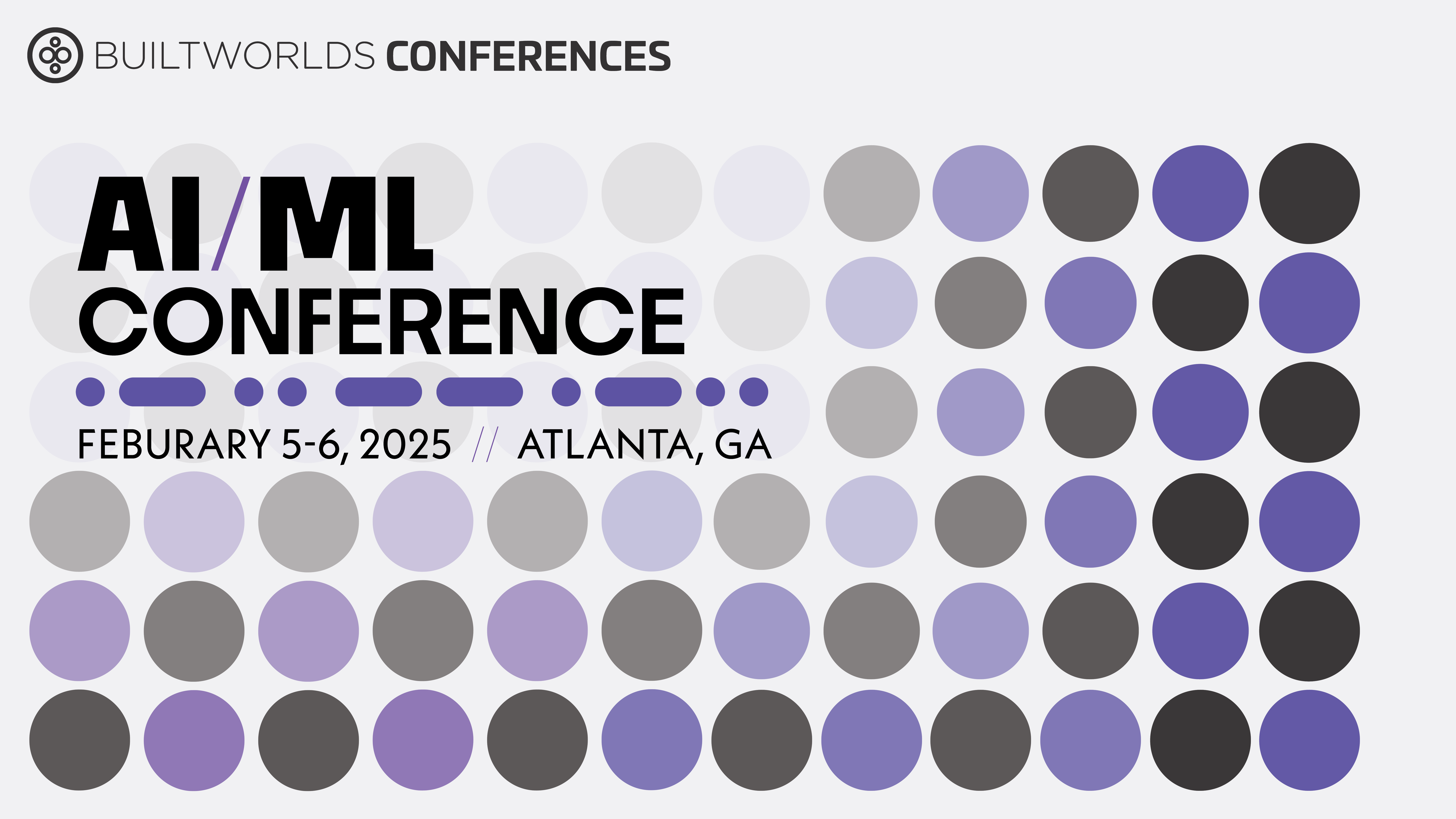As artificial intelligence (AI) accelerates across industries, the need for robust data center infrastructure has become critical. But the story doesn’t end with just data centers-energy infrastructure is now a vital piece of the puzzle. With AI’s increasing power demands, companies are making massive investments not only in the facilities to process this data but also in the energy grids that power them. For AEC actors, this surge in demand for both infrastructure and sustainable energy represents significant opportunities.
Who’s Leading Data Center Investment?
In September 2024, the Global AI Infrastructure Investment Partnership (GAIIP) was announced, marking a pivotal moment in AI infrastructure investment. This alliance between BlackRock, Microsoft, Global Infrastructure Partners (GIP), and MGX aims to raise between $80 billion and $100 billion to build the backbone of future AI infrastructure. Starting with data centers and grid energy infrastructure in the U.S., GAIIP has global ambitions, reflecting the scale of AI’s rapid adoption.
GAIIP’s initial capital raise of $30 billion, largely through private equity, will focus on building out new data centers, energy plants, and AI-specific infrastructure. The partnership plans to benefit from policies that encourage private investment in the utility sector, ensuring long-term sustainability for these projects. Tech giant Nvidia has joined GAIIP as a technical advisor, ensuring that the data centers are optimized for AI and high-performance computing (HPC) workloads.
Other major players like Google, Amazon Web Services (AWS), and Microsoft continue to invest billions in their own hyperscale data centers, expanding their capacity to handle AI workloads like machine learning and generative AI. This rush to build AI-ready infrastructure is not limited to tech giants-private equity firms, real estate investment trusts (REITs), and investment funds like Blackstone are also leading the charge, signaling a massive financial commitment to the future of AI.
The Construction Opportunity: Who’s Building Data Centers?
For construction firms, this explosion of investment is opening up a wealth of opportunities. Firms such as Turner Construction, DPR, and AECOM are taking the lead in building the world’s largest and most advanced data centers, meeting the high demands of the tech sector. Data centers are not just ordinary builds-they require specialized knowledge in energy efficiency, cooling systems, and power redundancy, all of which must be integrated seamlessly.
The GAIIP project, in particular, brings a new layer of complexity. Beyond traditional data center construction, GAIIP aims to integrate new energy plants, driving innovation in green building techniques. The alliance’s focus on sustainability means AEC professionals must prioritize renewable energy sources and green technology in their designs. GIP, with its deep expertise in energy infrastructure, is committed to powering the next generation of AI-driven data centers through renewable energy solutions, such as wind, solar, and hydroelectric power.
Energy considerations are becoming increasingly important, as AI workloads are pushing energy consumption to new heights. As data center construction continues to scale globally, construction firms will need to adapt, integrating sustainable energy solutions into their builds while maintaining the precision and speed required by tech companies racing to stay ahead in AI.
The Role of Energy Infrastructure in AI
While data centers are crucial for processing AI workloads, another challenge lies in powering them. AI’s computational intensity demands not only massive amounts of electricity but also a decarbonized grid. This is where GAIIP’s strategy stands out: it’s not just about building data centers, but also about constructing the grid infrastructure necessary to support them.
With GIP, a leader in energy infrastructure, GAIIP is uniquely positioned to tackle this challenge. By mobilizing private capital to fund renewable energy projects, the partnership aims to create an energy ecosystem that can support AI growth while advancing the green economy. For construction professionals, this means a shift in focus-building projects that combine traditional data center design with cutting-edge energy plants. Companies that specialize in integrating renewable energy sources with high-performance infrastructure will find themselves in high demand.
Long Term Implications
The scale of these investments is staggering, with some analysts predicting over $1 trillion in spending in the U.S. alone over the next five years. This is a significant opportunity for AEC professionals to play a key role in building the physical infrastructure that will power the next generation of AI technologies. Beyond the immediate construction opportunities, firms that can innovate in sustainable energy solutions and modular construction techniques will have a competitive advantage in this rapidly evolving market.
As Nvidia’s CEO Jensen Huang noted, “Accelerated computing and generative AI are driving a growing need for AI infrastructure for the next industrial revolution.” Nvidia’s expertise in AI factories-data centers tailored specifically for AI workloads-will guide the design and expansion of GAIIP’s infrastructure, ensuring that AI’s massive demands are met. For construction firms, this presents an opportunity to engage with the latest technological advances and contribute to groundbreaking projects that push the boundaries of what’s possible.
As AI continues to reshape the global economy, data center and energy infrastructure investments are becoming indispensable. Alliances like GAIIP, alongside tech giants and private equity leaders, are leading the charge in building the future of AI infrastructure. For AEC professionals, the opportunities are vast. From high-tech data centers to sustainable energy projects, the next wave of construction will demand expertise in both traditional building techniques and cutting-edge innovations.
Construction firms that position themselves at the intersection of AI, energy, and sustainability will not only help build the future but will also thrive in a market that’s set to grow exponentially in the coming years.
Want to Learn more about AI/ML In the AEC Industry?
Checkout the BuiltWorlds 2025 AI/ML Conference!



Discussion
Be the first to leave a comment.
You must be a member of the BuiltWorlds community to join the discussion.